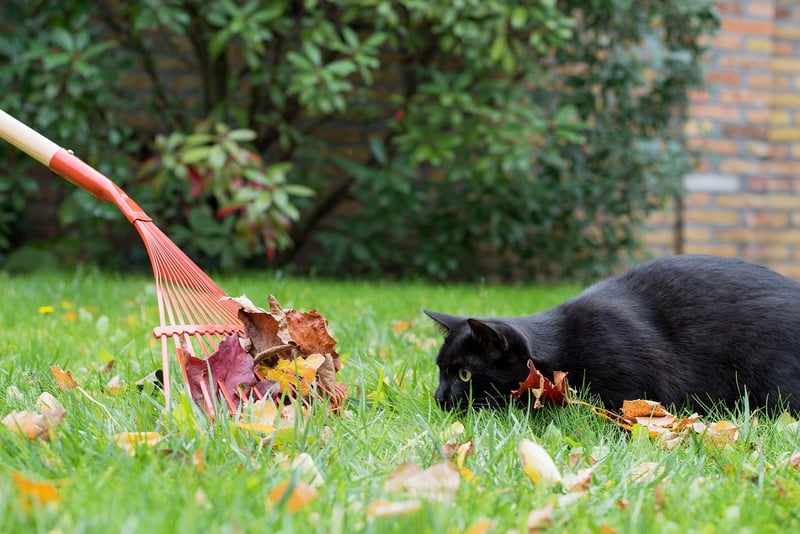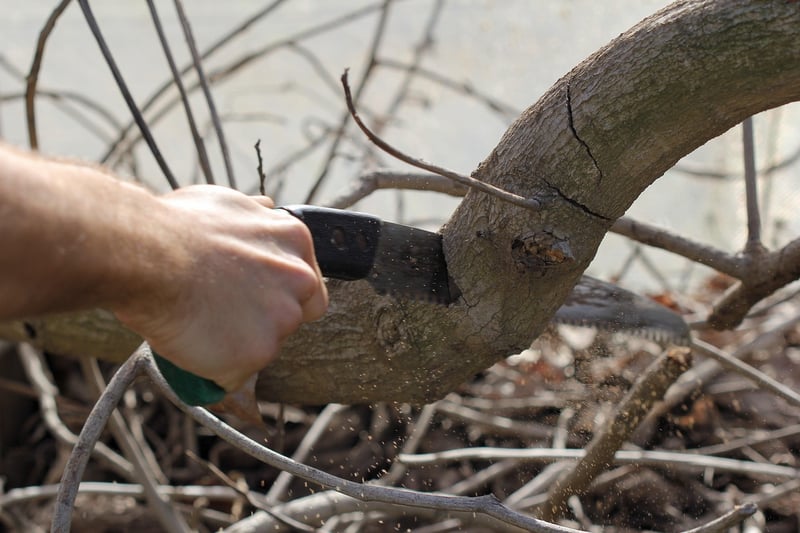Pruning Techniques
Keeping Your Garden Healthy: Essential Pruning Techniques
Having a healthy garden requires not only regular watering and fertilizing but also proper pruning techniques. Pruning is essential to ensure your plants and trees thrive, promoting growth, flowering, and overall vitality. Here are some key pruning techniques to keep your garden in top shape:
1. Deadheading
Deadheading is the process of removing spent flowers from plants. This technique encourages new blooms and prevents the plant from wasting energy on seed production. Use clean, sharp pruners to snip off faded flowers regularly.
2. Thinning
Thinning involves selectively removing branches to improve airflow and allow more sunlight to reach the inner parts of the plant. This technique reduces the risk of diseases and encourages better fruit production in trees and bushes.
3. Heading
Heading is cutting back a portion of a branch to stimulate new growth. This technique is useful for shaping plants, controlling size, and encouraging branching at a specific point. However, avoid heading back more than one-third of a branch's length to prevent stress on the plant.
4. Crown Thinning
Crown thinning is the removal of select branches within the canopy of a tree to improve light penetration and air circulation. This technique helps reduce the risk of pests and diseases while maintaining the tree's natural shape.
5. Rejuvenation Pruning
Rejuvenation pruning involves cutting back overgrown shrubs or trees to stimulate new growth and restore their health. This technique is particularly useful for old, neglected plants that need a fresh start.
6. Proper Tools
Using the right tools is crucial for effective pruning. Invest in high-quality pruning shears, loppers, and saws to make clean cuts without damaging the plant. Remember to clean and sharpen your tools regularly to prevent the spread of diseases.
7. Timing
Timing is key when it comes to pruning. Different plants require pruning at specific times of the year to avoid interfering with their growth cycles. Research the best time to prune each type of plant in your garden for optimal results.
By incorporating these essential pruning techniques into your gardening routine, you can maintain a healthy and vibrant garden that flourishes throughout the seasons.

Remember, proper pruning not only enhances the appearance of your garden but also promotes plant health and longevity. Take the time to learn and master these techniques to enjoy a beautiful and thriving outdoor space.
Happy pruning!
